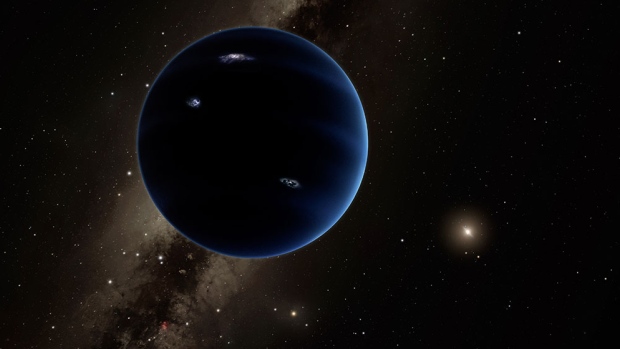-
Tips for becoming a good boxer - November 6, 2020
-
7 expert tips for making your hens night a memorable one - November 6, 2020
-
5 reasons to host your Christmas party on a cruise boat - November 6, 2020
-
What to do when you’re charged with a crime - November 6, 2020
-
Should you get one or multiple dogs? Here’s all you need to know - November 3, 2020
-
A Guide: How to Build Your Very Own Magic Mirror - February 14, 2019
-
Our Top Inspirational Baseball Stars - November 24, 2018
-
Five Tech Tools That Will Help You Turn Your Blog into a Business - November 24, 2018
-
How to Indulge on Vacation without Expanding Your Waist - November 9, 2018
-
5 Strategies for Businesses to Appeal to Today’s Increasingly Mobile-Crazed Customers - November 9, 2018
Ninth planet may have been discovered, researchers say
But if they find this one, will you be pleased to see the solar system restored to nine planets again?
Advertisement
“All those people who are mad that Pluto is no longer a planet can be thrilled to know that there is a real planet out there still to be found”, he said. Instead, they say, a planet with the mass of 10 Earths has shepherded the six objects into their unusual elliptical orbits, tilted out of the plane of the solar system.
The region that it gravitationally dominates, according to the Cal Tech release and researcher Mike Brown, “makes it ‘the most planet-y of the planets in the whole solar system'”. At the farthest point of its orbit, Planet Nine could travel to a distance between 600 and 1200 AU from the Sun.
Research started in 2014 as scientists investigated 13 objects in the Kuiper Belt – an area of the solar system inhabited by comets.
Brown, one of the co-authors on the paper, was a leading force in the downgrade of Pluto from planet to dwarf planet in 2006.
Planet Nine, as the mystery object is known, has not yet been observed directly, but it may have been captured during previous surveys. However, even with a diameter four times that of Earth, it sits at least 20 times further away than Neptune, testing even the strongest instruments. Scott Sheppard, an astronomer at the Carnegie Institute for Science in Washington, said the planet’s relatively small size is probably the reason why it’s been so hard to track. The planet is thought to be gaseous, similar to Uranus and Neptune.
Researchers in California have announced there may be a giant ninth planet at the very outer edge of our Solar System. The evidence was published in The Astronomical Journal. In 2005, he made a key discovery that led scientists to reclassify Pluto as a dwarf planet.
One of the trickiest criteria for planet status, based on the standards set by the International Astronomical Union, is that a planet must “clear the neighborhood” around its orbital zone. First, they have to find the elusive planet. How those objects traced a path through space in relation to each other suggested evidence of a planet providing gravity that would make them line up the way they did. If it’s in its most distant orbit, only the world’s largest telescopes will do.
“When we found that, my jaw sort of hit the floor”, he added.
Advertisement
That’s the basis for Brown’s study, which said that “the existence of such a planet naturally explains” the discrepancies.




























